| Umělec magazine 2003/2 >> Get rid of yourself | List of all editions. | ||||||||||||
|
|||||||||||||
Get rid of yourselfUmělec magazine 2003/201.02.2003 Suzanne Altmann | news | en cs |
|||||||||||||
|
Will I suffer from depressions? Will I apply to leave the country? Will I commit suicide, or will I go on just like I do now?
Artists must ask themselves these questions when they realize that they live in a politically oppressive state. At least this is the opinion of curator Frank Motz, who in recent years observed first hand the sweeping changes in the United States. As a fellow of Whitney Museum, and later as a talent scout for Biennial 2002, he experienced how in New York the inconspicuous noose of control, censorship and finance cuts has slowly been tightening around the neck of the art scene, at first in the shadow of the events of September 11, 2001, and later even more arbitrarily. The long-time head of the ACC Gallery in Weimar and an “instructed citizen of German Democratic Republic” sees in this development a clear parallel with his own past in a totalitarian state and remembers the tricky strategies the artists used to outwit the regime. Now he made use of his stay to ask American artists about their own methods of survival. The results of this he brought back with him to exhibit in “Hall 14” in Leipzig and in ACC Gallery in Weimar. “Hall 14” is located in a former cotton mill and belongs to an area where the poverty of postindustrial desolation has been transformed into a virtue. A great many artists have colonized this impressive building made of earthenware bricks. There are cafes, “B/2” (a former expedition hall of the factory) and now “Hall 14,” respected exhibition rooms which, in spite of all the professionalism, retain the charms of being a ruin. Already in December, 2002, Frank Motz organized a symposium here that accepted the social responsibility of architecture and art and introduced their present international activities. The second project didn’t surprise anyone. Ten groupings, designated as collectives by the curator, placed their works in the middle of a big hall till the end of August. The hall was once used as sanitary facilities and there were huge humectant machines for the production of yarn. Motz, accustomed to the small exhibition space of the ACC in Weimar, tried his hand at working these gigantic premises. Even in the former ladies bathroom and changing rooms he put up installations — e.g. adaptation of a desert property in Utah auctioned on e-bay (art group e-team). During the five weeks of preparation, artists poured in to get the exhibition ready. This “Lab” was intended to stir people’s curiosity. For example, Bill Brow from NYC Surveillance Camera Players offered a public walk through Leipzig, where he searched for security camera systems. He found an astonishing 73. The documentation of Camera Players is accessible to visitors only through a round brick window, which expresses the focus of Surveillance. Brown and his colleagues consider themselves as more social worker or enlightener in the field of monitoring, and they don’t feel comfortable in art circles. Through their slogans on banners they communicate with the omni-present anonymous strength of the security cameras. Michael Rakowitz offered a public service with a socio-critical emphasis by building tents for the homeless. He brought one lightweight version to the gallery and it was presented on the grassed-over roof of “Hall 14.” Every tent is an original, heat sealed from cellophane bags and provided with tubes which can be fastened to the ventilation system of people’s houses. These inflate the inhabitable tubes and warm them up. Besides the obvious contact with the “underdogs” of welfare, there are hidden symbolic strengths that remind us not only of the consequences of Giuliani’s purges, but also of the ever-growing limitations of the social programs of the current Bush administration. Anne Marie Schleiner, as a kind of a cyber-feminist hacker, hacked into the popular internet game Counter Strike. She rips off older versions of the game and fills up the property room which players use to outfit themselves for their digital battles. Furthermore, she often treats young fighters (mostly men) to pacifistic slogans like “You are the victim of a war game!” No wonder she got some angry emails from the players of Country Strike. Temporary Services also carry out tasks on the border of social mission and absurd performance. Among their activities we find a mobile gallery of nine farcical, mostly far-from-being-art special collections, and the interesting project Prisoner Inventions. On the basis of the advice of the Californian prisoner Angelo they created bizarre instruments, e.g. paper imitations of dice or “Muff Bag” an anthropomorphic sex device made from a felt blanket and plastic bags filled with water. A recently published, carefully made manual documents these self-help inventions for extreme life conditions. “The360degrees Team” also work with positions on the edge of a civilized society. They derive their name from the range of their research, and they earn their living as web designers of Picture Project. On their web pages of the same name they portray convicts in their immediate surrounding. In a videostream they let the victims, prison staff and family members speak. Seven basic studies and documentations of the American penal system penetrate the character of a powerfully rising prison industry. The web site, www.360degrees.org, has become serious study material used by American universities. A scientific circle, or at least a group with spiritual-scientific ambitions, “16Beaver Group,” doesn’t need introduction. Their weekly discussion in Lower Manhattan became legendary. Now they repeated the discussion with Leipzig activists and people from the local art school HGB. Matthew Buckingham composed his exploration into the universal power factor as a two-day workshop. He also showed the films The Angel of Death (Bunuel) and The Perfumed Nightmare (Kidlat Tahimik) and there was a free discussion forum. These kinds of loose communicative exercises and socially relevant projects were in contrast to the text overload and intellectual intensity of the exhibition, which can hardly be avoided. All ten groupings consider engagement through and by art as an alternative to social intractability. An individual escape from this misery, either through suicide or by becoming a hermit is out of the question. “Free yourself!” — “Get rid of yourself” is the title of the film by Bernadette Corporation, meaning, don’t take yourself so seriously. www.acc-weimar.de
01.02.2003
Recommended articles
|
|||||||||||||
|
04.02.2020 10:17
Letošní 50. ročník Art Basel přilákal celkem 93 000 návštěvníků a sběratelů z 80 zemí světa. 290 prémiových galerií představilo umělecká díla od počátku 20. století až po současnost. Hlavní sektor přehlídky, tradičně v prvním patře výstavního prostoru, představil 232 předních galerií z celého světa nabízející umění nejvyšší kvality. Veletrh ukázal vzestupný trend prodeje prostřednictvím galerií jak soukromým sbírkám, tak i institucím. Kromě hlavního veletrhu stály za návštěvu i ty přidružené: Volta, Liste a Photo Basel, k tomu doprovodné programy a výstavy v místních institucích, které kvalitou daleko přesahují hranice města tj. Kunsthalle Basel, Kunstmuseum, Tinguely muzeum nebo Fondation Beyeler.
|







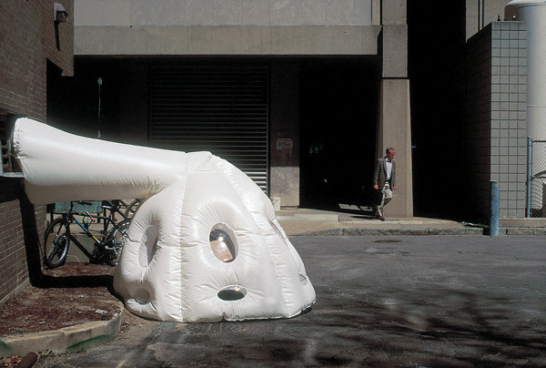













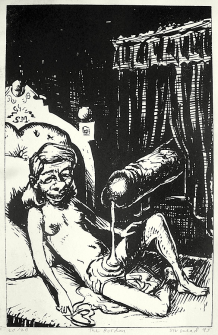




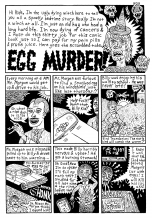
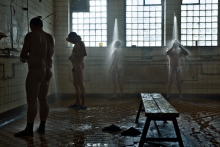
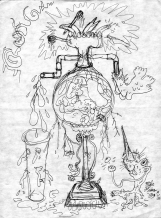
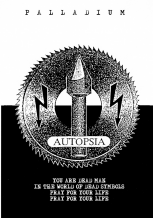


 New book by I.M.Jirous in English at our online bookshop.
New book by I.M.Jirous in English at our online bookshop.
Comments
There are currently no comments.Add new comment